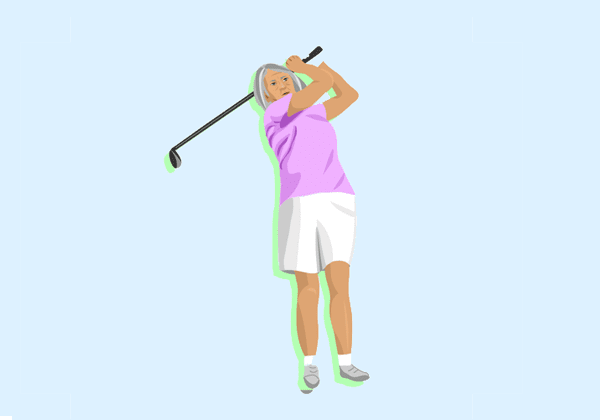Golf is losing a war against its own image. The prominence of elite private clubs is hurting the chances of public courses defending their worth in a society that is ageing and increasingly obsessed with finding the best return on investment.
At the end of 2020, Councillor Clover Moore, Lord Mayor of Sydney, announced plans to halve the length of the famous public golf course at Moore Park from eighteen to nine holes to create more parkland space for local residents. Somewhat unfortunately, the loudest voice in opposition came from a Liberal Councillor — Christine Forster — arguably more famous as younger sister to Tony Abbott.
This war over golf is often characterised as pitting the needs of the many for open space against the luxury leisure pursuit of the few. It is true that there is a long history of private clubs excluding female or culturally diverse members. Indeed, many today continue to exclude those of low socio-economic status through fees into the tens of thousands of dollars — clearly uninterested in providing for the greater community.
However, the portrayal of public golf courses as land that is somehow not as accessible as any other sporting facility is absurd. Sydney’s 58 public golf courses are open all year, weather permitting, to anyone who wants to play. They are far more accessible than cricket grounds with turf wickets where the large pitch square in the centre of the field is roped off to prevent public use. Some public courses such as Marrickville are open to the public for walking, a proposal now considered for Moore Park.
Another common criticism of golf is that the great expense of playing makes it a game only able to be enjoyed by a wealthy few. While new golf equipment can be very expensive, a full set of used golf clubs can cost considerably less than a new cricket bat — which can go for up to $1500. Even football, Australia’s most popular participation sport, can cost upwards of $350 a year for registration plus football boots and other expenses for only an hour and a half a week. The typical round of golf takes about four hours and costs around $30 at many public courses.
Also absurd is the belief among many that golf is exclusively enjoyed by white upper and middle-class Australians. As a keen golfer who plays at many of Western Sydney’s public offerings, any casual observation will show that golf is extremely culturally diverse. Golf is particularly popular with migrants from an East Asian background. In terms of socio-economic background, most of the golfers I play with are retired public servants or small business owners and staff.
Amateur golf by its nature is a sport that equalises the playing field between participants. The handicap system means that disadvantages such as time spent working rather than playing or even slightly inadequate equipment compared with those who have the means to access it does not diminish the value of the competition.
For many working-class retirees there are few public resources available for sporting activity. The typical round of golf will involve walking around six kilometres over four hours. For many older people, they will play at least three times a week. This level of exercise and social cohesion is extraordinarily important for a generation that becomes increasingly sedentary.
But it’s not only old people who benefit from golf. Even if you don’t play, golf clubs are incredibly important economically for young people. Golf clubhouses attached to both public and private courses employ hundreds of young people across the state and are important fundraising entities. There are over 20,000 greenkeepers in Australia who benefit from public infrastructure such as golf courses to remain employed.
The key issue with Councillor Moore’s argument is that she is making a distinction between golf courses and parkland in terms of public accessibility. Yes, there is a small fee associated with using a public golf course and golf courses are not big money-spinners for a local council. But, perhaps she should have worried about planning green space for her growing communities before they had built them, rather than trying to take away a vital publicly owned asset so important to Australia’s growing working-class elderly.





